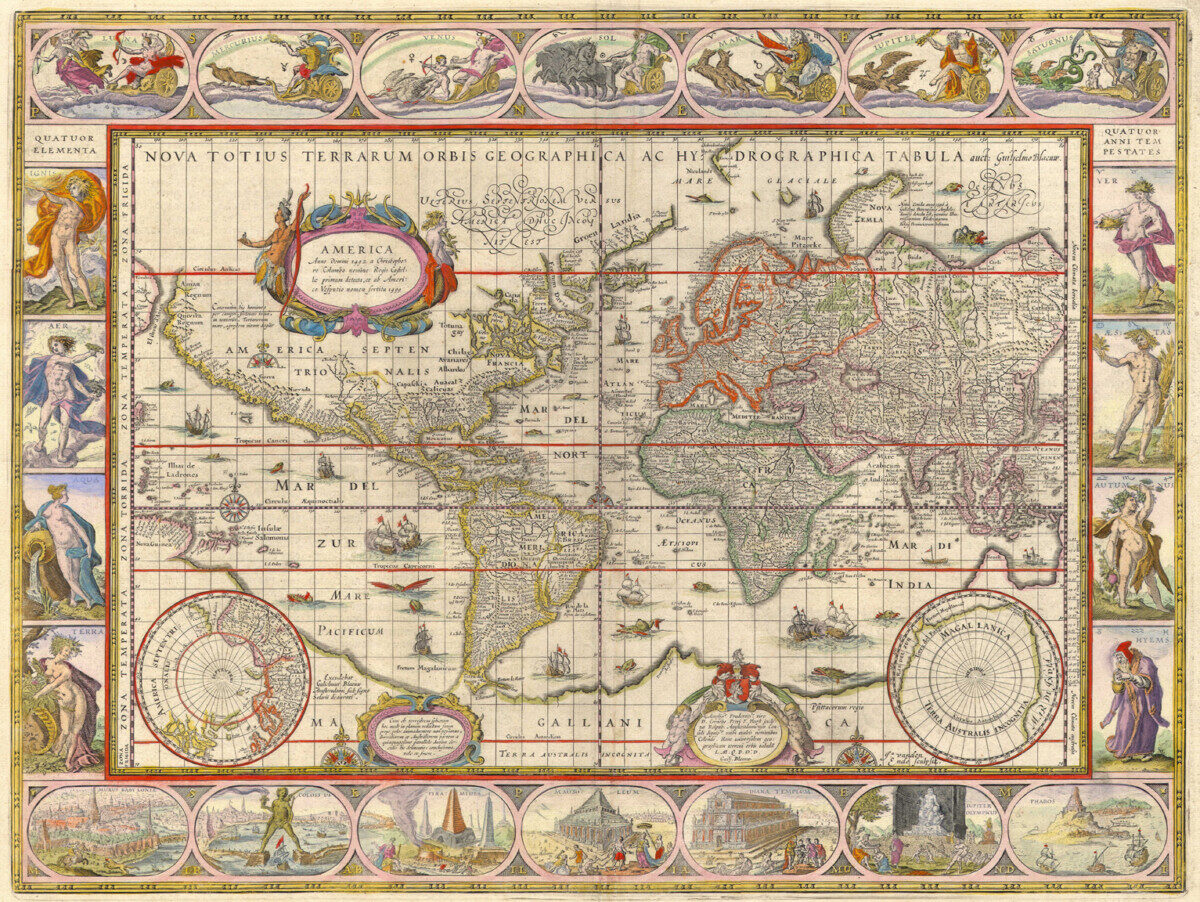In “The Mirrors of Las Meninas,” Byron Ellsworth Hamann analyzed Diego Velázquez’s painting Las Meninas as an artwork that shows the global connection of the seventeenth century. Globalization is the process of increasing interconnectedness and integration of economic, cultural, and social systems across the world. In my opinion, I would characterize our twenty-first century globalization as the widespread spread of culture, connections between people across the globe, improvements in technology, expansion of international trade, and an increasing awareness of protecting the environment. There are more people immigrating to other countries and settling down. They not only move to another country but also bring their culture, traditions, food, and even way of thinking into that country. With modern globalization, countries import more goods from other countries. Therefore, people can have access to more goods without stepping out of their country. With the rise of technology and the internet, it is easier and faster to access different artworks. We can find any artwork that we are interested in on the Internet.
For example, Nathaniel Mary Quinn’s artwork: “This is Life” also illustrates the idea of globalization. Nathaniel Mary Quinn is an American artist who is known for his unique style of portraiture. In “This is Life,” he used abstract pieces/fragments to create a person’s portrait. Interestingly, we can see that the person has the traits of two races. I would say this is also a way that Nathaniel Mary Quinn talks about identity. With the two-color beards on the person’s face, we can tell that he is actually a middle-aged man, but inside, his soul is much older than how he looks. I would say this is also a way that modern people talk about art; they tend to use terms like “identity” and “experience” as the theme of the art.

What a fascinating contemporary artist!